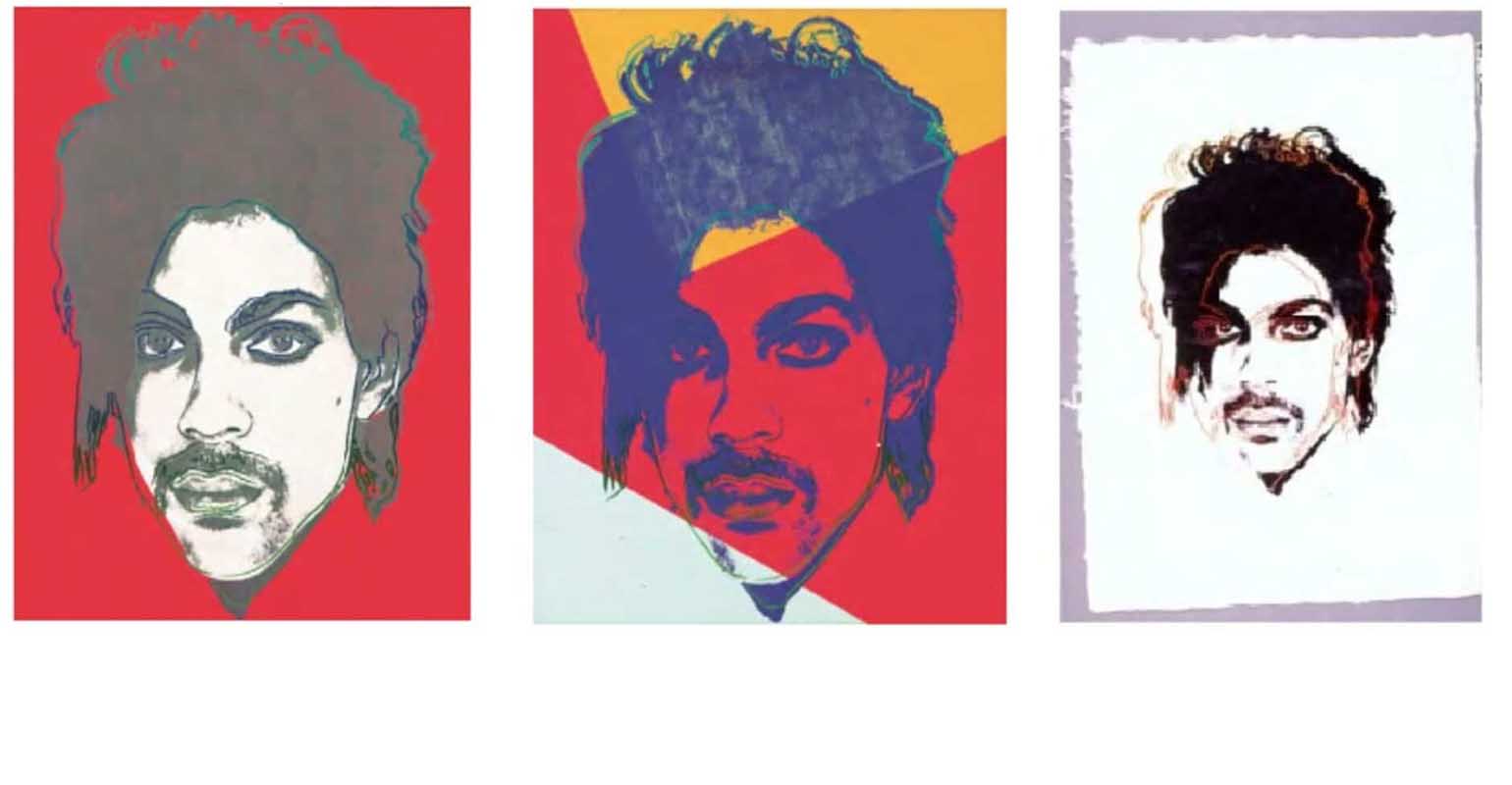
[ad_1]
The U.S. Supreme Court has handed down its decision in the copyright battle over Andy Warhol’s portrait of Prince. Warhol’s estate lost its battle to Lynn Goldsmith, the photographer’s work on which the painting was based.
Procedural History
The story began when Vanity Fair commissioned Warhol to create a portrait of Prince using Goldsmith’s photo as a template. Goldsmith photographed the musician three years earlier, in 1981, for a Newsweek spread. With permission and compensation for Goldsmith, Warhol produced the print for the publication, along with 15 other prints based on the photo, which made up a series titled the “Prince Series.” The prints are now owned by the Andy Warhol Foundation (the Foundation). After Prince’s death in 2016, Conde Nast licensed a different print from the series, titled “Orange Prince,” for the cover of one of its publications. Goldsmith didn’t receive any compensation for the use of this print and wasn’t aware that the entire series existed until 2016, when she saw “Orange Prince” on the cover. Goldsmith notified the Foundation that she believed that it had infringed her copyright. The Foundation then sued Goldsmith for a declaratory judgment of noninfringement or, in the alternative, fair use. Goldsmith countersued for infringement.
The District Court considered the four fair use factors: 1) The purpose and character of the use; 2) The nature of the copyrighted work; 3) The amount or substantiality of the portion used; and 4) The effect of the use on the potential market for the original, and granted the Foundation summary judgment on its defense of fair use. The U.S. Court of Appeals for the Second Circuit reversed, however, holding that all four fair use factors favored Goldsmith.
Transformative Factor
The sole question presented to the Supreme Court was the “transformative factor” (which falls under factor 1 outlined above)—whether the material has been used to help create something entirely new or merely copied verbatim into another work. In its decision, and in ruling in favor of Goldsmith, the Court extensively considered commercial purpose, drawing the conclusion that commercialism outweighs any “new expression, meaning, or message” or distinct purpose of character of the work in this case. It found that fair use wasn’t a defense here because the “Orange Prince” serves the same commercial purpose as Goldsmith’s original photo, to license an image for use in a magazine. Rather than comparing the works themselves, the focus seemed to be on comparing the use of the works. In a strongly worded dissent, Justice Elena Kagan and Chief Justice John Roberts accuse the majority of turning their back on “how creativity works” positing that “[b]ecause the artist had such a commercial purpose, all the creativity in the world could not save him.”
What the Decision Means for Fair Use
Those in the art and entertainment world have awaited this decision with bated breath as the fair use doctrine promotes freedom of expression by allowing the use of copyright-protected works under certain circumstances without the owner’s permission. Does the decision’s focus on the commercial purpose make it riskier for artist’s and creatives to “borrow” from other works?
Harvey I. Bezozi, a tax expert from Boca Raton, Fla., weighs in on the decision and what it might mean for some of his high-profile clients. “Since this case was decided using a narrow focus, it thereby will most probably not have much effect on future cases challenging the fair use copyright doctrine,” opines Bezozi.
“My take on this, in terms of what’s fair, is similar to how music publishing copyrights are handled. Any time the publishing rights, that is, those belonging to the owner of the actual music composition (including the lyrics, notes, melodies, chords, and rhythms), are used in one or more ways, the composer/rights holder gets paid a royalty or licensing fee. It seems equitable to apply similar rules to other types of intellectual property,” explained Bezozi.
“In the end, the courts will decide what’s fair,” he added.
[ad_2]






